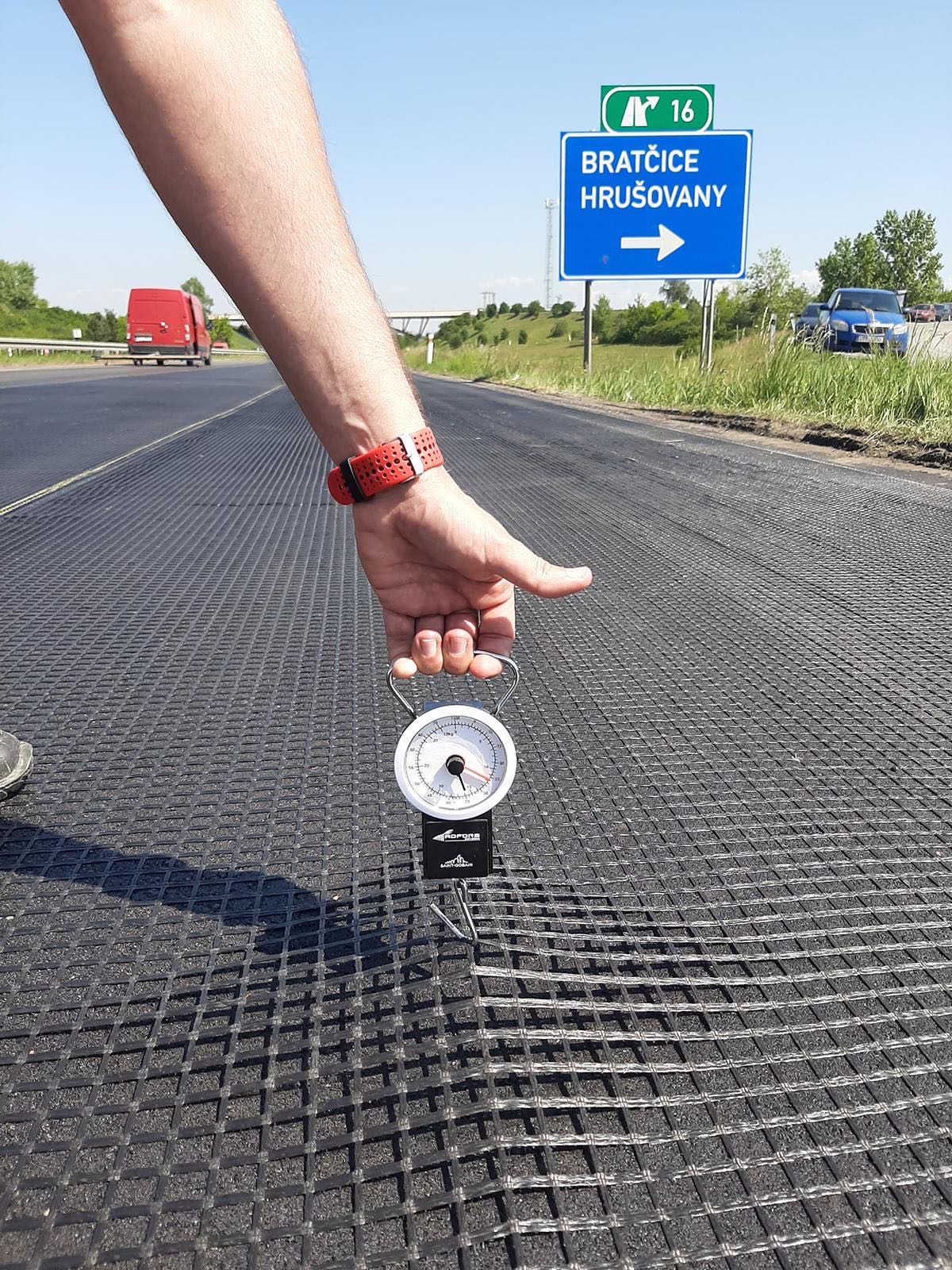With the evolving definition of food safety, countries around the world are increasingly focusing on the hygiene standards of packaging materials used for food and agricultural products. Among these, the sanitary requirements for coatings on the inner walls of steel drums have become a major concern. China has also established specific regulations regarding the types of coatings allowed for use on the inner surfaces of such containers. According to experts from the China Epoxy Resin Industry Association, only certain food-grade coatings are permitted for this purpose, including epoxy/polyamide coatings, vinyl chloride coatings, and organic fluorine coatings.
Epoxy/polyamide coatings are a type of epoxy resin-based coating that forms a durable film after curing. These resins are typically produced through the polymerization of bisphenol A and epichlorohydrin. The molecular weight of the epoxy resin varies depending on the degree of polymerization. From a safety perspective, higher molecular weight (which corresponds to a lower epoxy value) means greater stability, reduced migration of harmful substances into food, and thus improved safety.
Polyamide is commonly used as a curing agent for epoxy resins. As a polymer compound, polyamide is generally considered non-toxic. However, the quality of the resulting coating depends significantly on the ratio of the curing agent and the degree of cross-linking. A more balanced ratio and higher degree of cure result in fewer unreacted components, reducing the risk of harmful substances leaching into the food. According to GB9686-88, the evaporation residue of polyamide epoxy coatings in various solvents should not exceed 30 mg/l, ensuring a safe and hygienic surface for food contact.
Vinyl chloride coatings, often referred to as perchloroethylene paints, are made from vinyl chloride resin and include plasticizers. After application, they dry naturally to form a protective layer on the inner walls of steel drums. These coatings are typically divided into primers and topcoats. However, vinyl chloride monomer, which is present in the raw material, is known to be carcinogenic and toxic. Even after film formation, residual amounts may remain in the coating. To ensure safety, national hygiene standards require that the amount of residual vinyl chloride monomer in the final coating must be below the acceptable limit. Additionally, all additives used in these coatings—such as plasticizers and solvents—must meet strict food-grade safety standards and should not contain any toxic or highly toxic substances.
Another type of coating suitable for food packaging drums is organic fluorine coating, which includes polyvinyl fluoride (PVF), polytetrafluoroethylene (PTFE), and polyhexafluoropropylene. These coatings are valued for their anti-stick and corrosion-resistant properties, making them ideal for use in drums containing honey. In particular, PTFE coatings are commonly used in honey drums due to their excellent chemical stability and low reactivity. Under normal conditions, PTFE does not leave behind monomers, making it a relatively safe option for food contact surfaces.
However, during the cleaning process of steel drums, many manufacturers currently use spray washing and drying lines. Chromate is often used in the cleaning of enamels, which can lead to chromium salts remaining on the container surface and potentially mixing with the paint. Therefore, when producing honey-coated steel drums, it is essential to comply with GB1167-89, the hygiene standard for PTFE coatings on food containers. Specifically, the baking temperature for PTFE-coated drums should not exceed 250°C to prevent degradation and maintain coating integrity.
Geogrids are used in civil engineering applications to reinforce soil and prevent erosion. They are made of high-strength polyester or polypropylene fibers that are woven into a grid pattern. Weft insertion machines are used to insert the weft threads into the warp threads of the geogrid, creating a strong and durable fabric.
Backlit materials are used in the production of illuminated signs and displays. They are made of a translucent material that allows light to pass through, creating a glowing effect. Weft insertion machines are used to insert the weft threads into the warp threads of the backlit material, creating a uniform and consistent fabric.
Banners are used for advertising and promotional purposes. They are made of a variety of materials, including vinyl, polyester, and nylon. Weft insertion machines are used to insert the weft threads into the warp threads of the banner material, creating a strong and durable fabric that can withstand harsh weather conditions.
Overall, weft insertion machines play a crucial role in the production of geogrids, backlit materials, and banners, helping to create high-quality and durable fabrics that are used in a variety of applications.
Weft insertion machines are specialized machines used in the textile industry to insert weft threads into the warp threads of a fabric. These machines are also used in the production of geogrids, backlit materials, and banners.

Geogrids are used in civil engineering applications to reinforce soil and prevent erosion. They are made of high-strength polyester or polypropylene fibers that are woven into a grid pattern. Weft insertion machines are used to insert the weft threads into the warp threads of the geogrid, creating a strong and durable fabric.
Backlit materials are used in the production of illuminated signs and displays. They are made of a translucent material that allows light to pass through, creating a glowing effect. Weft insertion machines are used to insert the weft threads into the warp threads of the backlit material, creating a uniform and consistent fabric.
Banners are used for advertising and promotional purposes. They are made of a variety of materials, including vinyl, polyester, and nylon. Weft insertion machines are used to insert the weft threads into the warp threads of the banner material, creating a strong and durable fabric that can withstand harsh weather conditions.
Overall, weft insertion machines play a crucial role in the production of geogrids, backlit materials, and banners, helping to create high-quality and durable fabrics that are used in a variety of applications.
Weftinsertion Machine,Weft Insertion Machine,Warp Knitting Interlining
suzhou cotex international Co.,Ltd , https://www.cotexmill.com